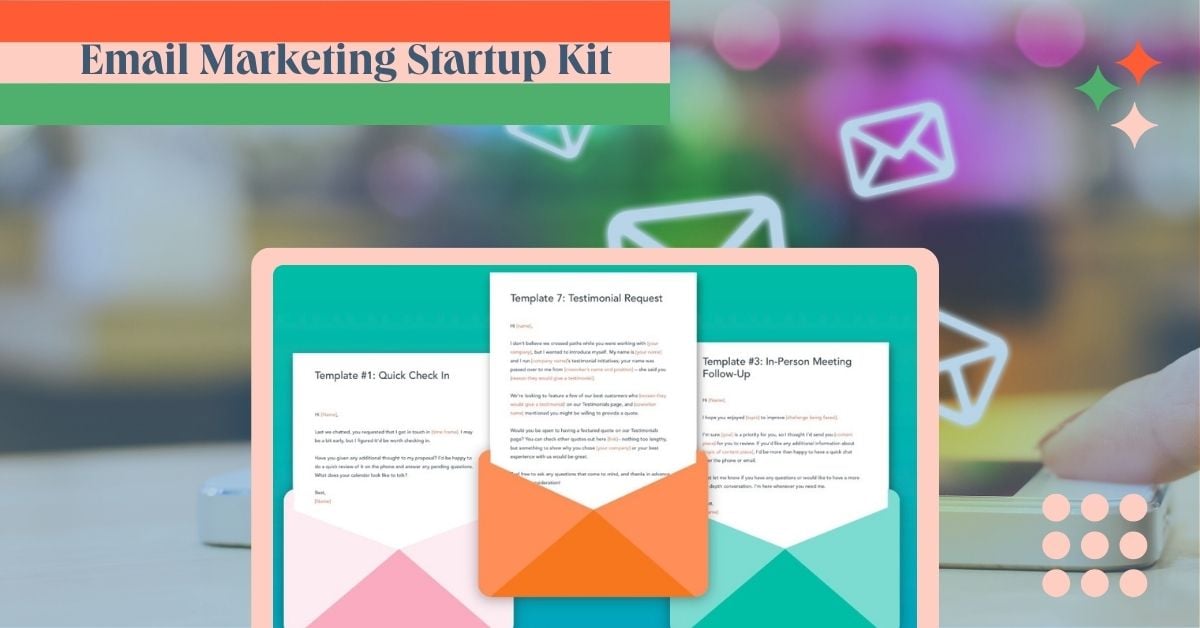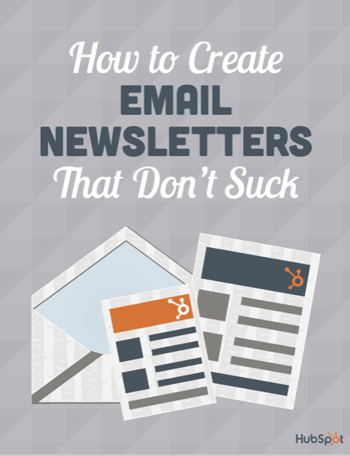Email Marketing for Startups & Entrepreneurs


The first email was sent in 1971!
Decades later, emails are still a powerful tool for startups and entrepreneurs looking to get their message out. From crafting catchy subject lines to A/B testing your campaigns, there are plenty of ways to ensure you get the most out of your marketing emails.
In this kit, we'll provide templates, guides, and inspiration so that you can create an effective email marketing strategy that will help put your business on the map. We'll discuss why having a good subject line is essential for engagement rates as well as how A/B testing can be used to fine-tune your emails for optimum results.
Plus, we'll explore different campaigns, such as nurturing emails, blogs, and newsletters, so you have all the necessary resources to build an effective email strategy from scratch.
 Email marketing is very straightforward—it's just sending emails to promote your products or services (or achieve other business goals). Email marketing has become an essential part of digital marketing in recent years, and it’s still one of the most cost-effective ways to reach potential customers.
Email marketing is very straightforward—it's just sending emails to promote your products or services (or achieve other business goals). Email marketing has become an essential part of digital marketing in recent years, and it’s still one of the most cost-effective ways to reach potential customers.
The first email blast was sent by marketing manager Gary Thuerk in 1978 to 400 advertising machines, resulting in a staggering $13 million in sales. Although today, Gary is credited to have also unwittingly started the practice of spam emailing, email marketing remains a relevant tool for entrepreneurs and startups.
Email marketing has many benefits, like boosting sales, increasing brand awareness, attracting potential customers, and rewarding customer loyalty. It's an effective way to communicate with existing clients and customers while also being useful in outreach campaigns to attract new customers.
Statistics show that 86% of consumers still prefer receiving monthly promotional emails from companies they do business with — 15% even prefer receiving daily updates. Most importantly, email marketing continues to deliver results, with Litmus reporting that for every $1 spent on email marketing, brands get back $36 on average.
Data also reveals that emails are an effective tool to communicate with customers across generations, with an average popularity rating of 70%, from Gen Z to Baby Boomers.
Today's digital environment is far removed from the '70s when emails were few and far between. Most people's inboxes today are overloaded with emails from brands, contacts, colleagues, and more — all vying for a share of the recipient's time and attention.
This is why having a catchy subject line is critical. Many people just skim through their inboxes, so brands often rely on that short one-liner to entice the customer to open their email. Some 64% of email recipients will judge the quality of the subject line to decide whether they will open an email. Additionally, 69% will report emails as spam based solely on the subject line.
So what goes into an effective subject line? While there are different tactics for creating compelling subject lines, incorporating these general guidelines can help you improve your email open rates:
An A/B or split test is an experiment to determine which version of a material or platform performs better by randomly presenting multiple variations to users and analyzing their responses.

A/B testing can compare different versions of graphics, webpages, apps, copy, and other marketing materials. The results are then compared against a conversion goal to determine which works best.
Among the benefits of A/B testing are:
You can A/B test various elements of an email, such as the subject line, images, layout, CTAs, and copy. It's better to test one change at a time to determine which ones affected user behavior and which did not. By implementing successful changes, you can enhance the overall user experience and optimize marketing emails for success.
Testing emails ultimately lead to higher open rates. You can test different versions of the same email to determine what works best for your audience in terms of copy, design, and subject lines. This will allow you to create more personalized messages that better resonate with your customers.
A/B testing is an effective way to determine what type of content converts into sign-ups and purchases. By knowing what works and what doesn't, you can create more effective emails that will ultimately lead to higher conversion rates.
There are several types of email campaigns, including:
Promotional emails aim to inform potential customers about your product or service. They may offer coupons or discounts, provide access to exclusive content, or announce special events.
Nurturing emails are sent out in a series and aim to build relationships with your customers over time. These are often automated and sent out sequentially to help advance potential customers through your marketing funnel. Nurturing emails ‘meet’ potential and existing customers where they are in the funnel with an aim to convert them into customers or to encourage loyalty.
Email newsletters are sent on a regular schedule and are a great way to ensure that your organization stays connected with customers. These typically include updates, announcements, and blog content related to your company.
![]()
Learn more about the different types of marketing emails you can use to reach various goals:
It takes some time to put together a startup pitch deck that works, but once you’ve nailed your presentation, you can reuse it for multiple pitches with just a few tweaks to update any data or statistics.
HubSpot for Startups helps you track marketing and sales data to make this process easier. New investors can rest easy knowing you’ve got the support of HubSpot’s powerful CRM at your fingertips.
